Religion arose long before the advent of society. It is part of human culture and has a deep spirituality. In this article, we will touch on an important issue and tell you what a religious belief is.
Term etymology
The word "religion" comes from the Latin religio, which means holiness, worship or conscientiousness. There are other versions of the origin. For example, in Latin there are the concepts religare and reeligere, which mean connection or reunion. Such a brief description of the term cannot fully convey the essence and concept of religion. For hundreds of years, the word has acquired the greatest meaning, which is passed on from generation to generation.
So what is a religious belief? This is spiritual enlightenment, the recognition of the existence of the supernatural, which goes beyond human perception. It is a culture that is constantly evolving. Scientifically speaking, religion is a set of rules and established norms that are based on scriptures. Such laws set the moral framework for behavior in society. Violation of these rules is punished, but not by society, but by higher powers, which are idols. Religions and beliefs are referred to as a single system that can unite people around the world, form the largest communities and inspire them. As a rule, the center of organized worship are temples: churches, mosques, altars.
History of Religion: The Beginning of the Sacred Path
Religious studies - a science that studies the formation of ancient culture. She seeks out the origins by comparing all the facts, theories, fictions and various treatises. Science is closely connected with philosophy and theology, because, first of all, the history of religion began with the age-old questions: "Who am I?", "Where did I come from?", "What is my purpose?". In search of the meaning of life in society, theories began to emerge, which eventually took shape and description. 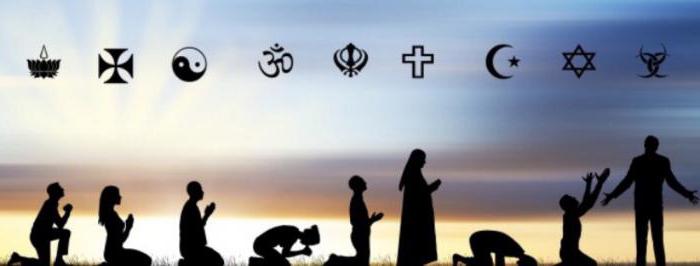
The sacred path began with spirituality: a person began to believe in the existence of the soul and its manifestations - spirits. The theory that claims that animism was the primary source in the origin of the history of religious beliefs was suggested by E. Taylor. Having chosen the scientist's hypothesis and relying on it, L. Sternberg, J. Fraser, and L. Levy-Bruhl followed him. Together they suggested that the emergence of religious belief can be attributed to the impotence of our consciousness. Scientists have suggested that the acceptance of the existence of the supernatural is due only to the fact that man was not able to withstand either the human or natural world.
Science suggests that the history of religion originated not only with animism, but also with mysticism. Belief in the unusual, divine, supernatural appeared more than two million years ago. This is evidenced by archaeological finds: rock paintings, household items of peoples and primitive people.
The era of animatism
The assumption that the religious belief of primitive people was animism was put forward by G. Stahl. Like Taylor in the future, he suggested that belief in souls and spirits is the beginning of the development of the whole doctrine of theology. Undoubtedly, animism is the most ancient religion, because the peoples were sure that our eyes do not know the secret and mystical world, where the highest deities with power live. The era of animatism also shows the origin of the concept of heaven and hell, but only in a completely different interpretation.
The reason is simple: if there is a secret world with immortal entities, and a person has a soul, then after the death of the body, this energy breaks free and gets to the rest of the spirits. These thoughts gave rise to belief in the non-material world and life after death.
An interesting fact, but initially the ancient peoples believed that the natural world around them was alive, had feelings and memory. The manifestation of the elements was equated with the voice of God, blessing or punishment. Everything that happened around: the change of seasons, rain and snow, floods and drought - this is not just a biological process, but the voice of immortal spirits. And with the development of society, in the process of evolution, people began to transmit these beliefs. Over time, the religious beliefs of primitive people have become so strong that today it is an integral part of human culture. 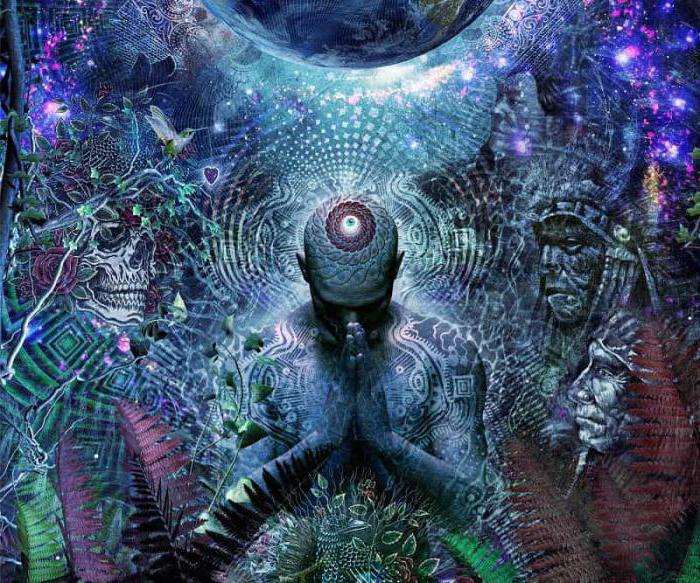
totemism
Totemism is the oldest religious belief, where people were sure that there is some kind of spiritual connection between all living and non-living beings. A striking example would be the ancient Indians who inhabited the northern part of America. They believed that the soul of a person can live in a tree, stone or animal, and therefore their way of life began to change dramatically. Each tribe had its own totem - a deity that could be both a plant and a living being. As a rule, the Indians worshiped their totem, praying for protection and mercy. Therefore, the tribes performed rituals, made sacrifices, performed rituals. If you plunge deep into history, you can see how some peoples sang their deity, others gave dances, and still others slaughtered livestock.
Totemism laid the foundation for the emergence of a set of rules and norms. There were laws that could not be broken. For Indians it is taboo, but for Muslims it is haraam. It's simple: in the most ancient religious belief there is a deity that lives in a totem. Accordingly, it is forbidden to kill, eat, desecrate it. Many peoples were forbidden to copulate or show aggression in front of the totem, because it was sacred to them. We observe such behavior in the modern religious trend. For example, in the church you can not make noise, swear, fight. 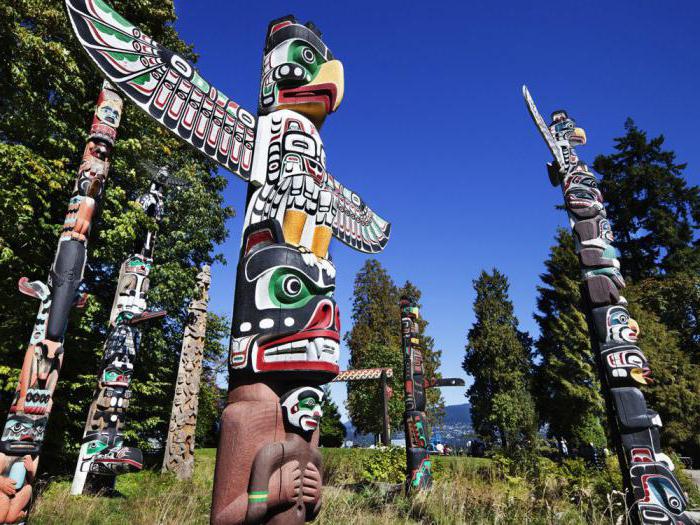
Shamanism and mysticism
During the birth of religious beliefs, two similar directions appeared - mysticism and shamanism. These currents combine both philosophical doctrine and theology. Today, such religions are considered irrational, because they are primarily based on inner feelings and perception of the world.
Mysticism and shamanism began their development with the belief in the supernatural, and also in the fact that a person is able to know this mysterious side of life himself. The teachings prove that we are capable of comprehending other realities. So, from mysticism a new trend appeared - magic, where the tribes came into contact with an unknown force, adopted it and manifested it in the real world. The magical proto-religion involved the conduct of mysterious rituals and rituals, which often remind us of another trend - shamanism.
Shamanism is an ancient religion that also believes in both spirits and deities. According to their ideas, our world is divided into two parts: spiritual (mystical) and real (material). Shamans in a religious movement are guides, so they are able to be both in the world of souls and among us at the same time. They perform magical rituals, make sacrifices using tools and other mysterious equipment.
Fetishism as a mysterious religious movement
Another branch of the ancient religion. In fetishism, people believe that surrounding objects are endowed with a mysterious power. To prove this, peoples and tribes looked for things with a special mark. For example, a crescent-shaped stone. Often in fetishism, talismans were created by human hand, which would symbolize the elements, desires, spirituality. 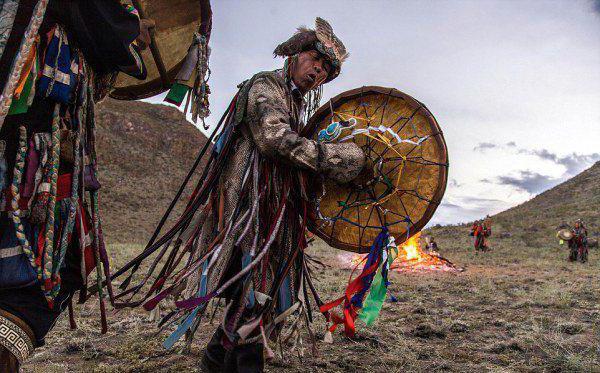
Religious fetishism should not be confused with sexual fetishism. The name comes from the French féticisme, which means idolism. Such a current suggests that people worshiped inanimate objects, which were often called simply - a fetish. They were totems and talismans that looked like small charms. The tribes believed that such things, even if it was an ordinary stone, could help people survive in a cruel world, reward them with food and warmth.
The main feature of all religious beliefs is their vitality. The same shamanism is still present in our world, but in a completely different form. People still worship idols and totems, believe in the spiritual world and in life after death. Now you know how religious beliefs appeared among primitive people, so let's look at how they developed and in what form they appear before us today.
Paganism as a course of the pre-Christian era
The religious beliefs of the Eastern Slavs are similar to the currents and beliefs of other ancient peoples. Like many tribes, the Slavs survived only through agriculture, hunting and fishing. Their harvest, production, feeding of domestic animals depended entirely on nature, which people could not act on their own. So that in their lives there was an abundance of everything necessary for successful activity, they began to turn to spirits. The ancient Slavs believed that the gods protect them, and it is for this reason that they need to be protected, rejoiced and thanked.
The East Slavic tribes were pagans, and they adhered to a simple truth: the religious belief of a person means an inner conviction that they are surrounded by entities that surpass earthly inhabitants in strength and intelligence. This is how deities began to be born in paganism. For example, Veles was asked to protect cattle from predators, Yarilo - to give sunlight and warmth, Perun - to have mercy on them and not punish them with lightning. The Slavic peoples believed that everything around was inhabited by spirits that could get angry. Therefore, they began to have traditions: in the spring to greet Rod and ask him to give life to all living things, and when entering the forest, people needed to receive a blessing from the goblin.
One can note the amazing course of paganism. Gradually, people switched to monotheism, believing that people cannot have several patrons. Today, paganism is not the main religious belief, but the worldview and attitude that our ancestors worshiped has come down to our generation. We still celebrate pagan holidays, such as Maslenitsa or Ivan Kupala Day. 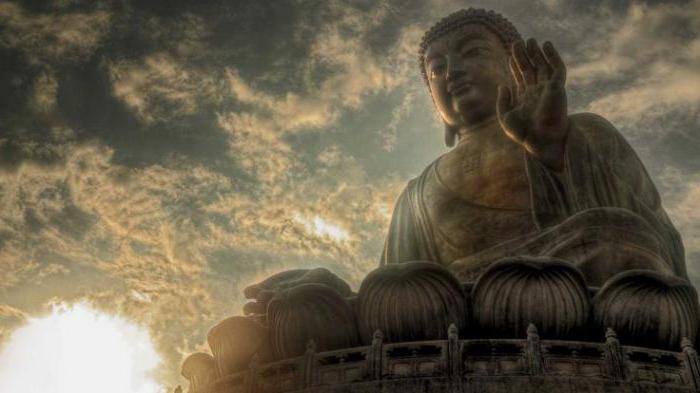
Eastern beliefs: Buddhism, Hinduism
These two practices are closely intertwined with each other, despite the fact that they developed among different peoples. Let's start with Hinduism - a modern religious belief that originated over 4,000 years ago. Its essence is simple: there is a physical world where a person lives, and there is an eternal world that is beyond the scope of perception. The latter is called the Universe, where gods, spirits, and souls live. People are part of it, and our energy is imprisoned in the physical body. When a person dies, the soul is freed, and it can choose its path: either start a new life in any physical body, or leave our planet. The possibility of moving is given only to those who have lived their physical life correctly. At the same time, all bad deeds leave a mark on karma, and in the end it will show whether a person deserves rebirth or the gods should punish him. Hinduism has such deities as Vishnu and his incarnations (Krishna and Rama), Shiva and Brahma.
Buddhism, like Hinduism, is a world religious movement. Both religions began to be practiced in ancient India. The development of Buddhism began with the fact that one young man decided to find the truth and meaning of being. He roamed the earth, talking to the sages and asking them a single question. He not only traveled, but also actively meditated and was in thought, practiced yoga and sought enlightenment. As the scriptures say, he comprehended it and began to preach the truth to people. Buddhism says that if a person can give up worldly goods and reflect on being, then he will learn to control his own consciousness. Meditation, yoga, reading mantras and immersion in oneself allow one to develop spirituality, having comprehended nirvana.
Christianity, Islam and Catholicism
Christianity began to develop in the Roman Empire, and later moved to Greece, Palestine and Israel. Until now, there are disputes between scientists about the origin of religious belief. At the same time, Christianity is currently a world religion and adheres to monotheism, which appears before us in three guises: in the form of the Father, the Son and the Holy Spirit. This current tells about the messiah, who was the son of God. He traveled the world and preached the truth. In Christianity there is the concept of hell and heaven, God and the Devil. Those who follow a religious belief must comply with a set of rules and laws, such as "do not sin", "do not kill", "do not steal" and others. The commandments of God bring good nature, simplicity, love and light to our society. Christianity, like many other faiths, seeks to eradicate malice.
Catholicism is one of the branches of Christianity that adheres to the same rules and principles. In this current there is also Jesus Christ, and the place of worship is also the church. The reason why people in the world believe in one God and keep his commandments, but belong to different religions is simple: at the beginning of the 11th century, there was a split in the church. The peoples who once lived on the territory of Eastern Europe profess Orthodoxy. Catholicism spread in Western Europe, from which Protestantism subsequently separated.
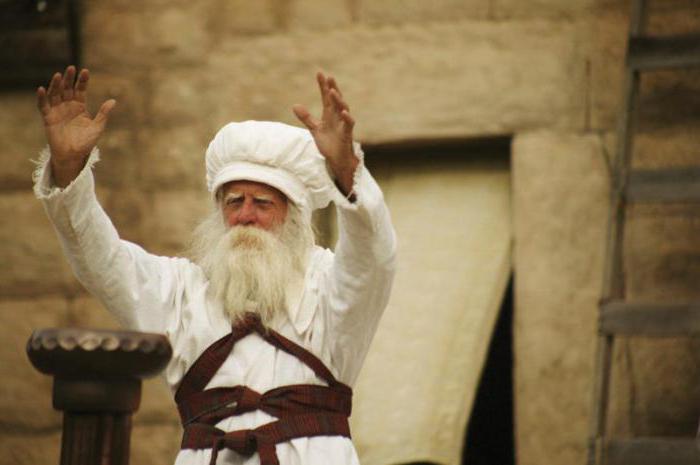
Islam is in some way similar to Christianity, because in this current they also worship a single deity - Allah. However, Muslims have their own idea of God. The preacher of this religion was the prophet Muhammad, who once heard the voice of Allah. Muslims worship in their own spiritual center - the mosque. According to the canons, they must read namaz, make a pilgrimage, and help those in need. As with many faiths, Muslims are required to keep the commandments and not break them.
The latest religious movements
What is a religious belief? This is a trend that is in constant development. Old beliefs are being replaced by new concepts that are completely different from the old directions. Today there are more than 10 neo-religions. As a rule, they are created on the basis of old trends, but with a change in canons, commandments and names. Occult groups began to appear, and mystical, and phenomenal, and psychological. For example, one young man believes in the Spaghetti Monster, he wears a colander and worships him. Over the past few years, his religion has gathered thousands of people around the world, and analogues of the Bible and other scriptures have begun to be produced.
Now you know what a religious belief is. The history of each movement began with a simple step: belief in the soul and spirits. Further, all directions went their own way and were distorted, modified, supplemented along with the development of the people.
Religion is a reflection of human nature. For the most part, it is necessary in order to maintain the foundations and norms of our society. In the modern world, there are debates about the importance of religion: some argue that this is a great way to control people, rallying them with a common goal; others believe that deities exist, and we learn about this only on our deathbed.
It doesn't matter which god you worship, because all currents are called upon to unite peoples, get rid of hatred and wars, make our race happy, friendly and good-natured.
